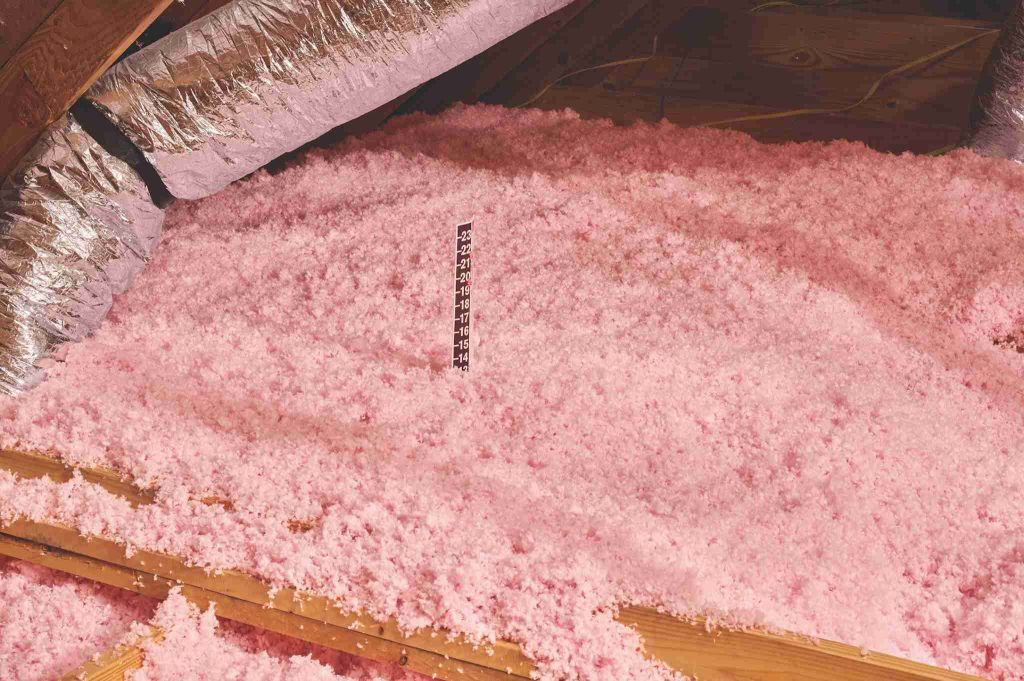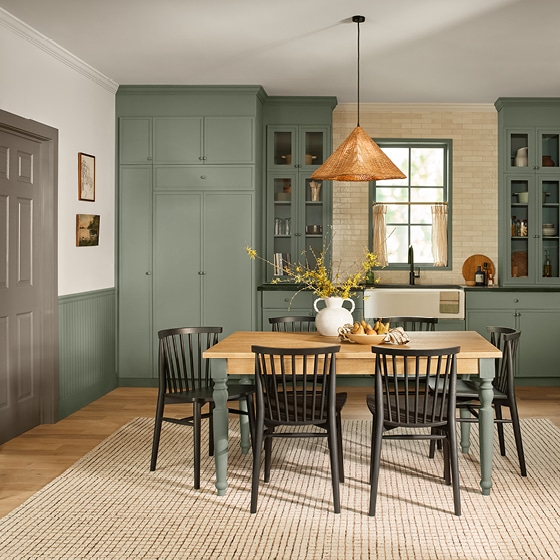
How to safely store items in your attic without damaging insulation
With the holidays around the corner, it’s likely that many of us will soon be rummaging through our attics, searching for those cherished holiday decorations. Unfortunately, you may discover that some of your favorite items didn’t survive the off-season. From discolored ornaments to brittle wreaths, the attic can be a treacherous place for storage. The culprit? Extreme temperatures and poor insulation management. If you’ve experienced the frustration of damaged decorations or you’re simply looking for ways to maximize storage space without compromising the efficiency of your Charlotte home, this guide is for you!
The Problem with Storing Items in the Attic
Attics can get hot—very hot. In North Carolina, summer temperatures can easily reach 90 degrees Fahrenheit or higher, and poorly ventilated attics can hit 130 degrees or more. This heat can wreak havoc on holiday decorations and other stored items. Anything that’s sensitive to temperature fluctuations—such as candles, electronics, or delicate fabrics—can melt, crack, or degrade. Even if the items aren’t damaged, excess heat can reduce their lifespan significantly. If you’ve ever discovered that a snow globe has burst or that your heirloom decorations have faded, the heat in your attic is probably to blame.
Why Insulation Matters
Beyond temperature control, insulation plays a crucial role in maintaining energy efficiency and comfort in your home. Insulation acts as a barrier, preventing heat from escaping in the winter and infiltrating in the summer. When storing items in the attic, many people unknowingly disrupt their insulation by either compressing it or completely covering it up, which reduces its effectiveness.
Here’s why that’s a problem:
- Compressed insulation loses its ability to trap air, which is what gives insulation its thermal resistance, or “R-value.”
- Damaged or covered insulation can lead to higher energy bills, as your HVAC system works harder to maintain a comfortable temperature.
- Over time, improper insulation management can lead to mold, moisture issues, and structural damage.
So how can you make your attic more functional without damaging your insulation or compromising your home’s energy efficiency? Let’s explore some practical solutions.
Best Storage Practices

1. Create Raised Platforms for Storage
One of the best ways to protect your insulation while maximizing attic storage is by installing raised platforms. These platforms sit above the insulation, allowing you to store boxes and containers without compressing the insulation below. Raised attic storage platforms are typically made of wood or metal, and a qualified, profession remodeler can customize them to fit your attic’s layout. With raised platforms, you maintain the integrity of your insulation and ensure proper airflow, while gaining valuable storage space.
2. Use Attic Decking Panels
Attic decking panels are another great solution for creating storage space without disrupting insulation. These panels can be installed directly over attic joists, creating a solid surface for storage. The key is to ensure that there’s adequate space between the decking and the insulation to avoid compression. Some panels are designed with built-in spacers to create that buffer automatically. When using attic decking, avoid the temptation to cover large sections of the attic. Doing so could trap moisture and cause insulation to deteriorate. Instead, deck only small sections where you need storage the most, and keep the rest of the attic open to allow for proper airflow.
3. Store Items in Plastic Bins with Lids
When you’re dealing with extreme temperature changes, plastic bins with tight-fitting lids offer a level of protection. Unlike cardboard boxes, which can break down in the heat and humidity, plastic bins are durable and moisture-resistant. Stackable bins make it easy to organize. Choose transparent bins to easily see what’s inside. Be sure to choose bins that are appropriate for the size of your storage space and stack them in a way that doesn’t press down on the insulation. You might also consider placing lightweight items at the top to prevent accidental compression.
4. Insulate the Attic Door
The attic access door is often overlooked when it comes to insulation, yet it’s one of the most common sources of heat loss. Insulating the attic door will not only improve your home’s energy efficiency, but it will also help regulate the temperature in your attic.
5. Install Ventilation to Control Temperature
Good insulation is only half the battle. Proper ventilation is essential for maintaining a stable environment. Without ventilation, heat and moisture can accumulate, leading to damage to your insulation and stored items. Installing ridge and soffit vents can help regulate attic temperature by allowing hot air to escape and cooler air to enter. Some homeowners also install an attic fan to further boost airflow, especially during the hot summer months.
What About R-Value?
Now that we’ve discussed safe attic storage options, let’s dive into insulation itself. R-value is a measure of how well insulation resists heat flow. The higher the R-value, the better the insulation’s performance. For attics in North Carolina, the recommended R-value ranges between R-38 and R-60, depending on your location and your home’s construction.
- R-38 is the minimum recommendation for attic insulation in North Carolina.
- R-49 to R-60 is ideal for homes in the western part of the state that experience cooler temperatures.
When adding or upgrading insulation, it’s important to use a product that meets or exceeds the recommended R-value. Fiberglass batt, blown-in cellulose, and spray foam are all popular insulation options, and each has its own pros and cons in terms of cost, installation, and effectiveness.
Final Thoughts
Attics can be a useful storage area, especially during the holiday season when decorations need to be tucked away. However, it’s important to store items safely to avoid damaging both your belongings and your home’s insulation.
By: Gary Palmer, Licensed NC Residential General Contractor, and Licensed SC Residential Builder.
Need more than attic storage space?
We are a full-service Design/Build Residential General Contractor who can help determine whether a Charlotte home remodel is right for your family. Reach out to us at https://palmercustombuilders.com/contact/, and we’ll discuss how we help you plan your dream home and avoid costly mistakes.






